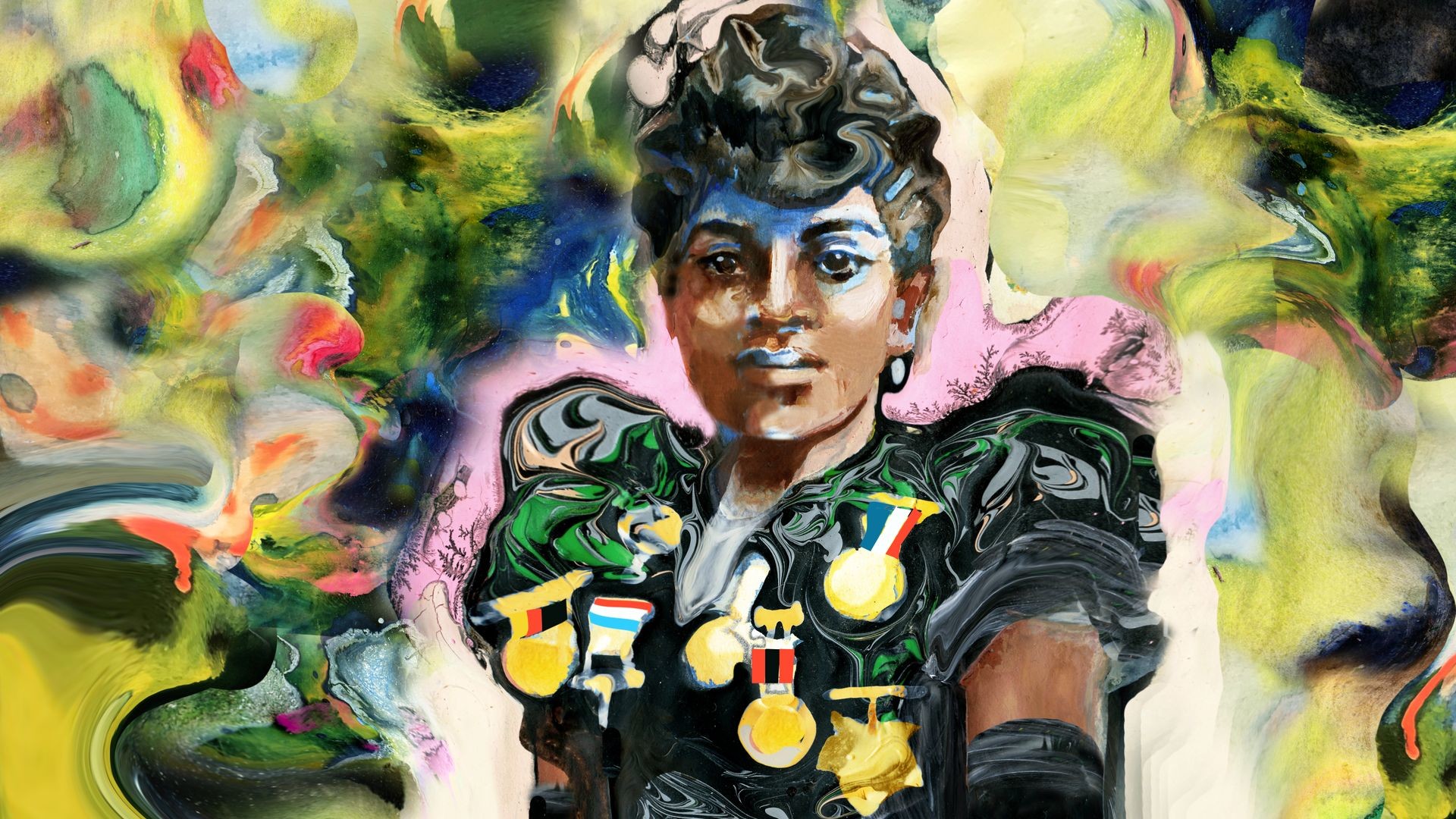Sissieretta Jones
Year: 2020
Country: USA
Director: Charlotte Mangin, Sandra Rattley
Genre: documentary
Runtime: 10 min.
Age: 12+
Country: USA
Director: Charlotte Mangin, Sandra Rattley
Genre: documentary
Runtime: 10 min.
Age: 12+
Opera Star & First African American Woman to Headline Concert at Carnegie Hall / 1868-1933
Sissieretta Jones was born Matilda Sissieretta Joyner in 1868 in Portsmouth, Virginia, just after the end of the Civil War. Her father, a pastor, had been born into slavery; her mother was a washerwoman. In 1876, the family moved to Providence, Rhode Island, where her father had been offered a ministerial position. Jones began singing in the church choir at an early age, and her path to stardom began there. She later said that, “after singing a solo at a Sunday-school concert, some people said to my mother, ‘the child sang a High C; you should let her learn music.’” How Jones paid for music school is unknown, but it is well documented that she attended the Providence Academy of Music where she received formal vocal training. In 1883, at age 15, she married a hotel porter named David Jones, and soon thereafter the couple had a daughter, Mabel, who died as a baby.
In 1886, Jones pursued additional vocal training in Boston, and then began touring music halls throughout the Northeast. She was soon hired by a white manager as the lead vocalist of the Tennessee Jubilee Singers, performing arias, gospel, and popular tunes. In 1888 and 1890, the group toured the Caribbean to packed, racially-mixed concert halls. The second tour was managed by an all-Black team, including Jones’ husband. On these tours, heads of state and other dignitaries gifted Jones numerous medals and precious jewels, and pinning them across her chest became a part of her signature look when performing.
In the United States, Jones became known as the “Black Patti” — a comparison to Italian opera star Adelina Patti. The name was likely given to Jones by one of her managers who thought it would help to promote her career. She did not approve of the epithet but it stuck throughout her career.
In 1892, Sissieretta Jones performed operatic pieces at the newly built Madison Square Garden Concert Hall to an audience of thousands. This big break led to other major successes. Jones sang at the White House for President Benjamin Harrison, and the following year, she became the first African American woman to headline a concert on the main stage at Carnegie Hall. Her fame also led to a European tour, where she performed for emperors, kings, and princes. However, the tide of Jones’s career turned with the U.S. Supreme Court’s 1896 Plessy v. Ferguson ruling, which ushered in a new era of segregation and racial violence, and Jones’ popularity among white audiences and access to white concert halls were considerably diminished.
But talent and name recognition allowed Jones to find a way to reach audiences. At a time when minstrel shows performed in blackface, stereotyped and demeaned Black culture, Jones was recruited to become the star of the “Black Patti Troubadours.” This vaudeville show made up of 50 African American acrobats, comedians, dancers, and trained singers, including Jones’ operatic repertoire, quickly became popular across the United States.
For the next 19 years, Jones and the troupe traveled the country. It was not without its challenges, however. As Jim Crow laws barred the troupe from hotels, they got their own train car, which acted as both transportation and lodging for the group. Segregation also affected how audiences saw the show. White audiences sat in the orchestra while the Black audience was forced to sit upstairs in the balconies of halls, leading to what the press dubbed at the time “topheavy” crowds.
In 1915, Jones retired from the stage to care for her aging mother in Providence, Rhode Island. Despite being called “one of the greatest singers of all time,” and being the highest-paid African American performer of her generation, Jones had to sell her medals and properties to survive until her death in 1933. She died in poverty on June 24, 1933, and was buried in an unmarked grave in Providence. Benefactors and fans raised money to place a headstone on her grave in 2018.

